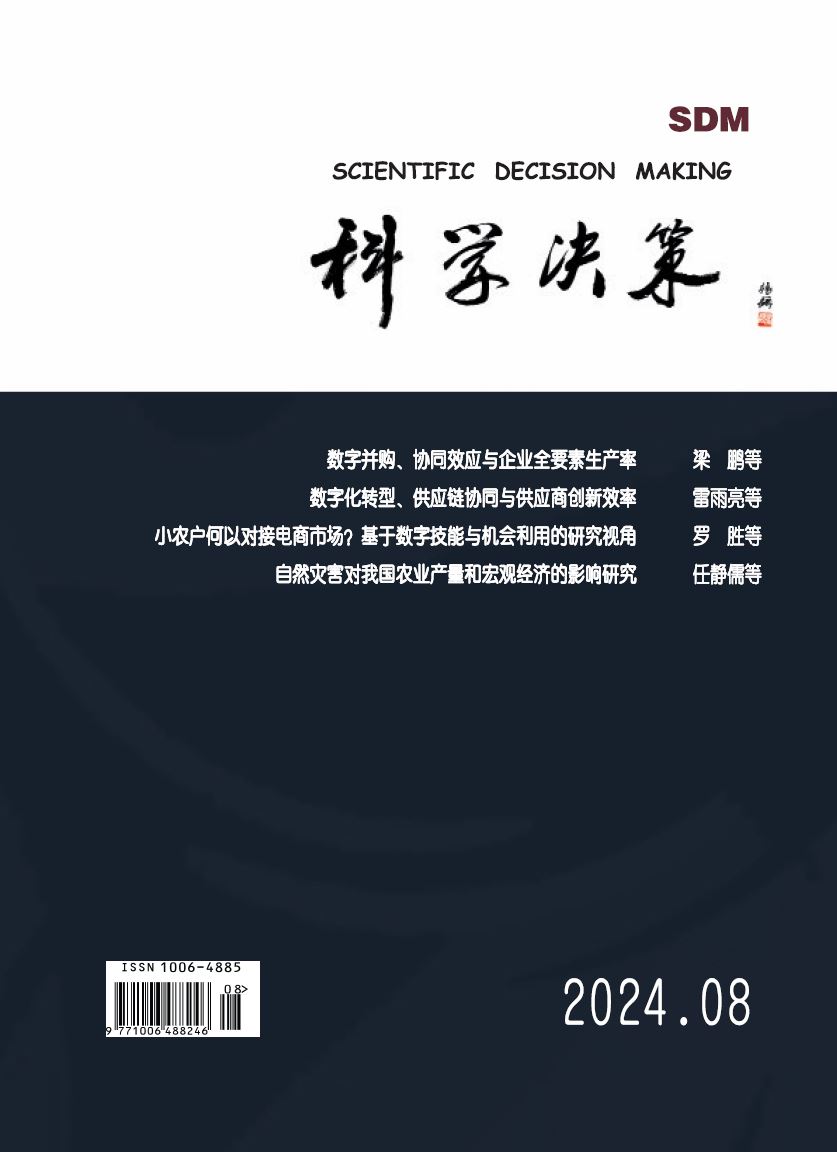Models and Methods of Optimal Information Operations Use for System Functioning
引用次数: 6
Abstract
The article outlines models of system functioning and methods to use these models for solving problems of optimal information operations use for systems functioning. Models provide means for estimation of information operation effects and as a result, the operational properties of systems and their functioning with regard to information operations fulfilled. Such systems’ functioning is changed due to information operations. Examples of operational properties are efficiency, the effectiveness of system functioning, system capabilities and system potential. Operational properties are estimated based on functioning effects. Such effects of information operations are manifested through a system functioning under the conditions of a changing environment. An estimation of effects and operational properties is fulfilled analytically. This makes it possible to solve appropriate practical problems of optimal information operations usage as mathematical problems. It is made through plotting the dependences of the predicted values of effects and operational properties of information operations and corresponding IT usage against the variables and options of problems solved. To develop this type of model, the use of information operations during system functioning is analyzed through an example of a technological system. An exemplary modeling of the effects of technological information and the related technological noninformation operations of technological systems operation is provided. Based on concept models of information operations of technological systems, functioning set-theoretical models followed by functional models are introduced. An example of operational properties indicators estimation is considered. It is based on Architecture of Integrated Information Systems (ARIS) diagramming tools’ usage. Use cases of such indicators include choosing optimal information operations characteristics. Keywords— information operation, information technologies, optimization, modeling, efficiency, indicators, models, methods用于系统功能的最佳信息操作的模型和方法
本文概述了系统功能模型和使用这些模型来解决系统功能的最佳信息操作问题的方法。模型提供了估计信息操作效果的方法,从而提供了系统的操作特性及其与已完成的信息操作相关的功能。由于信息操作,这些系统的功能发生了变化。操作特性的例子有效率、系统功能的有效性、系统能力和系统潜力。操作特性是根据功能效应来估计的。信息操作的这种效果是通过系统在不断变化的环境条件下的功能表现出来的。对效果和操作特性进行了分析估计。这使得将最佳信息操作使用的适当实际问题作为数学问题来解决成为可能。它是通过绘制信息操作的效果和操作属性的预测值和相应的It使用对所解决问题的变量和选项的依赖关系来实现的。为了开发这种类型的模型,通过一个技术系统的例子分析了系统功能期间信息操作的使用。提供了技术信息和技术系统操作的相关技术非信息操作的影响的示例性建模。在技术系统信息操作概念模型的基础上,介绍了功能集理论模型和功能模型。考虑了一个操作属性指标估计的示例。它是基于集成信息系统体系结构(Architecture of Integrated Information Systems, ARIS)绘图工具的使用。这些指标的用例包括选择最优的信息操作特征。关键词:信息运营,信息技术,优化,建模,效率,指标,模型,方法
本文章由计算机程序翻译,如有差异,请以英文原文为准。
求助全文
约1分钟内获得全文
求助全文

 求助内容:
求助内容: 应助结果提醒方式:
应助结果提醒方式:


